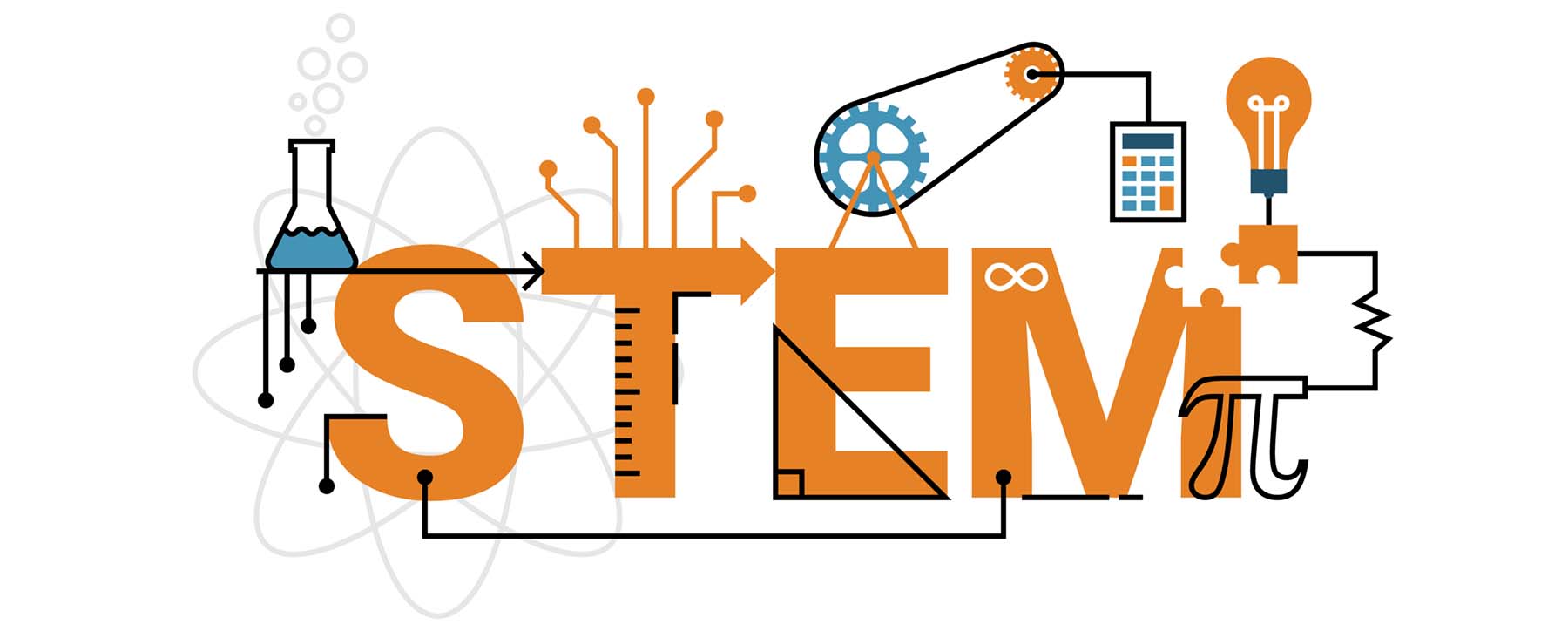An analysis of the effect that role models have on the motivation of students for studying the subjects of science, technology, engineering and math points to new ways to deploy these leaders to encourage learning across different populations. The recommendations provide a resource for parents, teachers and policymakers seeking to maximize the impact of role models in diversifying the fields of STEM.
“STEM fields fail to attract and retain women, as well as racial and ethnic minorities, in numbers proportional to their share of the population,” said Andrei Cimpian, psychology professor at New York University and senior author of the paper, which appears in the “International Journal of STEM Education.” “A popular method to diversify the STEM workforce has been to introduce students to STEM role models, but less clear is how effective this approach is — simply because it’s not certain which role models resonate with different student populations.”
“Our recommendations, based on an analysis of over 50 studies, are aimed at ensuring that STEM role models are motivating for students of all backgrounds and demographics,” said lead author Jessica Gladstone, an NYU postdoctoral fellow at the time of the study and now a researcher at Virginia Commonwealth University.
Marian Wright Edelman, founder and president emerita of the Children’s Defense Fund, popularized the phrase “You can’t be what you can’t see,” which emphasized the importance of having role models with whom diverse populations could identify.

While many people have said exposing students to role models is an effective tool for diversifying STEM fields, evidence supporting this position is mixed. Moreover, the researchers note that the argument is vague, leaving open questions about under what conditions and for which populations role models can be useful for this purpose.
Gladstone and Cimpian sought to clarify this important issue by reframing the question. Rather than asking “Are role models effective?” they asked something more specific and potentially more informative: “Which role models are effective for which students?”
In addressing this, the researchers reviewed 55 studies on students’ STEM motivation as a function of several key features of role models — their perceived competence, their perceived similarity to students and the perceived attainability of their success. The work also examined how features of students, such as gender, race/ethnicity, age and identification with STEM, modulate the effectiveness of role models.
Based on this review, the duo extracted four recommendations designed to ensure that STEM role models motivate students of all backgrounds and demographics, an important step toward diversifying STEM.
The four recommendations are:
1. Role models should be portrayed as competent and successful.
2. Role models should be portrayed as meaningfully similar to students.
3. Prioritize exposure to role models who belong to groups traditionally underrepresented in STEM, especially in cases in which only a small number of role models can be presented.
4. The success of role models should be portrayed as attainable.
The work was supported by an inclusive mathematics environments early career fellowship from the Mindset Scholars Network (now the Student Experience Research Network), with the support of the Bill & Melinda Gates Foundation.
— New York University

